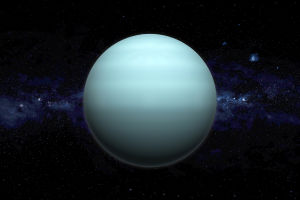Jupiter is the gas giant at the heart of our solar system, known for its enormous size, swirling storms, and intriguing magnetic field.
New scientific research suggests that such a wonder may have suffered a significant "hurt" to its early formation stages, possibly by collision with another planet.
Such a hypothesis now reshapes our thought of the history of the planet, together with its unusual internal structure.
The Hypothesis of Collision
Astronomers speculate that Jupiter may have collided with a young, protoplanetary body roughly 10 times Earth's size, in a collision billions of years ago during the chaotic early days of the solar system. This colossal impact might explain peculiarities in Jupiter's core.
What's Weird About Jupiter's Core? Jupiter's core is diffuse and not as solid or compact as had been predicted. Instead of a sharp boundary, the core seems "fuzzy" and extended, according to gravitational data collected by NASA's Juno spacecraft.
The Evidence: By using advanced computer simulations of the collision, scientists found that such an event could indeed have mixed Jupiter's heavy elements with its outer layers, creating the irregular core observed today.
Why This Matters
This is not just about Jupiter. It provides astronomers with clues about the following:
Planetary Formation: The possible collision by Jupiter shows how chaotic young solar systems are, with planets jostling for space.
Core Dynamics: It helps refine models of planetary evolution, therefore shedding light on why gas giants elsewhere in the universe might have similar or distinct structures.
A Reminder of the Violent Early Solar System
The concept of planets colliding isn't fully new. For example, Earth is supposedly to have acquired its moon from a Mars-sized body called Theia that slammed into it. The tilted axis of Uranus and the retrograde rotation of Venus also hint at similar violent impacts in their histories. But Jupiter's possible collision adds a fresh layer to this tale-one that even the largest planet in the solar system wasn't immune to early chaos.
A Lykkers' Take
For Lykkers, the secret to planetary formation presents a humble perspective: even a giant, like Jupiter with grand storms and a mighty presence, bears scars from the cosmic past. These findings further encourage us to continue exploring the universe in its intricacies, while appreciating how all celestial bodies interlink.


